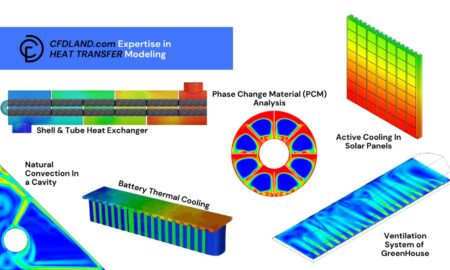Latest News
-

 1
1When Traditions Meet Trends: India’s Soft Power Revolution Unfolds
Family (L to R) Mr Akash Ambani, Mrs Shloka Ambani, Mr Anant Ambani, Mrs Radhika Ambani, Mr Mukesh Ambani, Mrs Nita...
-

 1
1Kanye ‘Ye’ West’s deleted X posts including a ‘George Floyd Creepypastas’ reference show some boundaries carry persistent ramifications
Rap icon Kanye West, also known as Ye, returned to the social media platform X in early 2025, igniting controversy after posting...
-

 1
1Manufacturing Clothes: A Complete Guide to the Apparel Production Process
Clothing is an essential part of human life, but have you ever wondered how your favorite t-shirt, jeans, or jacket is made?...
-

 1
1Unlocking Human Potential: A Tech-Driven Look at Biohacking Courses
According to a 2024 survey by the Global Wellness Institute, over 38% of high-performance professionals in the U.S. report using wearable tech...
-

 7
7Egan-Jones Leads the Charge for Integrity in Financial Markets
Founded in the shadow of Wall Street giants, this firm has become a trusted voice in credit and proxy advisory King of...
-

 6
6Digital Gold as an Emerging
Asset Class: What Investors Need to Know As India’s investment landscape evolves, a new form of asset has started to shine brightly...
-

 5
5Strategies for Seamless Legacy Application Migration
Hi readers! I hope you are doing well and having a great day. Now, we are going to discuss strategies for seamless...
-

 19
19New Video Conferencing Platform Costs Less Than Daily Coffee, Challenges Industry Pricing Standards
AONMeetings Launches at $3.99/Month While Competitors Charge 15x More; Company Asks “Why Should Professional Meetings Cost More Than Your Latte?” AONMeetings, a...
-

 17
17Beiteck Providing New Options for Buyers Looking for Apartments for Sale in Metn and Beirut
Beirut, Lebanon, 9 July — Lebanese real estate platform BeiTeck has expanded its property listings, offering a broader and more refined...
-

 18
18CNC Machining: Detailed Guide to Materials & Applications
What Materials Can Be Used in CNC Machining? Image: Materials Used in CNC Machining CNC machining is fundamentally a very accurate procedure...
-

 14
14Going Green: Why Investors are Keen to Leverage Sustainable Solutions
We often hear about how green technologies are set to combat climate change, and to (hopefully) ensure a healthier future for us...
-

 16
16Why Renovate Your Bathroom?
A bathroom renovation is one of the most valuable home improvements you can make. In Hamilton’s competitive property market, a sleek,...
-

 12
12A Guide to CFD Heat Transfer Simulation: Seeing the Invisible Flow of Heat
How do engineers keep tiny computer chips from overheating or design huge industrial furnaces that work perfectly? The answer lies in...
-

 20
20Top 10 Free Tamil Fonts for Designers in 2025: Enhance Your Tamil Typography
Tamil, one of the world’s oldest and most beautiful languages, offers a rich landscape for design. As the demand for Tamil content...
-

 19
19High-Skilled Tech Professionals Choose O-1A for Swift U.S. Access
The United States remains a global hub for technology and innovation. But for many skilled professionals, getting there is no longer as...
-

 27
27Equity in EdTech
Over the past few years, K–12 education has undergone a significant digital shift. Devices and platforms once considered optional are now fully...
-

 19
19Specialist Evaluates the Landscape of Advanced Automations, Which Enhance Performance Management Metrics in Organizations
The current landscape offers a highly positive outlook. However, the most recent advancements indicate that there is still much to be done....
-

 20
20Spectacular Smith’s Net Worth Hits $120M as He Redefines What a Modern Mogul Looks Like The Rise of Spectacular Smith: From Teen Sensation to Boardroom Leader
Early Life and Career Origins Before most people had heard his name, Spectacular Smith was already building momentum. Raised in South Florida,...




















